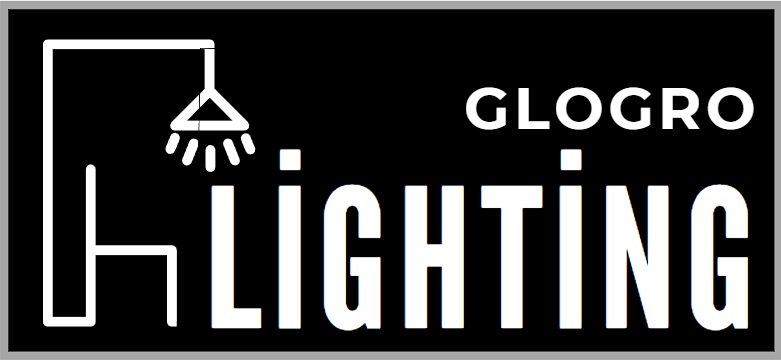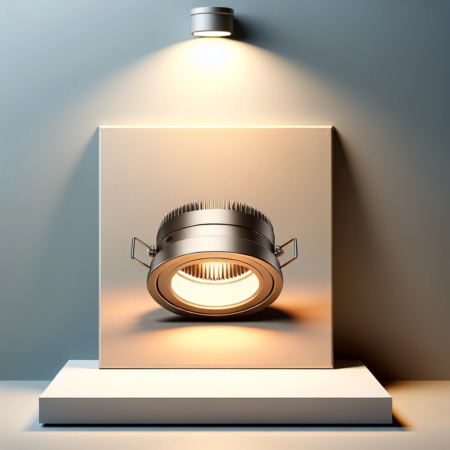Check out this Youtube video: If you’re curious about how much ceiling lights cost and want to learn how to install one without existing wiring, this video has all the answers you need!

Contents
Types of Ceiling Lights
There are four main types of ceiling lights: flush mount, pendant, chandelier, and recessed lights. Flush mount ceiling lights are installed directly against the ceiling and are ideal for rooms with low ceilings. Pendant lights are suspended from the ceiling and can add elegance and task lighting to a space. Chandeliers are grand and ornate, often adorned with crystals, and are commonly found in dining rooms and formal living areas. Recessed lights are installed flush with the ceiling, providing a seamless and unobtrusive lighting solution, especially in areas where a minimalistic look is desired.
Flush Mount
Flush mount ceiling lights are a popular choice for various spaces due to their versatility and sleek design. They are typically installed directly against the ceiling, providing a seamless and polished look. Flush mount lights are an excellent option for rooms with low ceilings, as they offer ample illumination without occupying too much vertical space. They come in a wide range of styles, from contemporary to traditional, and can accommodate various lighting technologies, including LED and incandescent.
Pendant
Pendant lights add a touch of elegance and sophistication to any room. These fixtures are suspended from the ceiling, often by a chain or rod, creating a striking focal point. Pendant lights are ideal for adding task lighting, such as over a kitchen island or dining table, but they can also serve as ambient lighting in living areas. They come in diverse shapes, sizes, and materials, allowing for a customized and unique lighting design that complements the overall decor.
Chandelier
Chandeliers are renowned for their grandeur and ornate designs, making them a statement piece in any space. These ceiling lights feature multiple arms with light bulbs and are often adorned with crystals, glass, or metal detailing. Chandeliers are commonly found in dining rooms, foyers, and formal living areas, elevating the ambiance with their dazzling illumination and opulent aesthetic. With various styles, from traditional to modern, chandeliers can cater to different interior themes and design preferences.
Recessed
Recessed ceiling lights, also known as can lights or downlights, are installed flush with the ceiling, creating a seamless and unobtrusive lighting solution. Recessed lights are an excellent choice for providing even illumination, especially in areas where a minimalistic and clean look is desired. They are often used in kitchens, bathrooms, and hallways, offering a discreet yet effective lighting source. With adjustable trims and different beam angles, recessed lights provide versatility in directing light where it is needed most.
Factors Affecting the Cost of Ceiling Lights
The brand and quality of the ceiling lights can significantly influence their pricing, with reputable brands often commanding premium prices due to their superior craftsmanship and durability.
Size of the light fixture
The size of the light fixture plays a pivotal role in determining its cost. Larger fixtures with a more intricate design and greater material usage tend to be more expensive.
Consider the room dimensions and ceiling height when choosing the size of your light fixture to maintain a balanced look. For instance, dining rooms may require larger chandeliers, while bedrooms might benefit from smaller and subtler fixtures.
Type of materials used
The materials utilized in the construction of ceiling lights significantly impact their costs. Common manufacturing materials for light fixtures include aluminum, renowned for its lightweight and corrosion-resistant properties. Additionally, glass is a popular choice for its aesthetic appeal and versatility. High-quality materials often come with a higher price tag due to their durability and visual appeal.
Energy efficiency
Energy efficiency is a critical factor affecting the cost of ceiling lights, with LED lighting emerging as a popular choice due to its energy-saving benefits. According to a University of Michigan study, LED lighting can be up to 44% more efficient than traditional 4-foot fluorescent tubes. Although LED ceiling light fixtures may have a higher upfront cost, the long-term energy and replacement cost savings make them a cost-effective and sustainable lighting solution.
Brand and quality
The brand and quality of ceiling lights can significantly influence their pricing. Reputable brands often command premium prices due to their superior craftsmanship, durable materials, and innovative designs.
Opting for trusted brands ensures reliability and longevity, ultimately reducing long-term maintenance and replacement costs. When selecting ceiling lights, prioritizing quality over price can lead to a more satisfying and enduring lighting solution.
Question: How Much Are Ceiling Lights?
The cost of ceiling lights varies depending on the type. Flush mount lights typically range from $17.99 to $119.99, while pendant lights have an estimated installation cost of $100 to $300 per light. Chandelier lights, known for their grandeur, can range in price from $200 to $2000. The cost of ceiling lights is influenced by factors such as design, material, and installation complexity, providing homeowners with a wide range of options to fit their budget and style preferences.
Average cost of flush mount lights
When it comes to flush mount lights, the average cost typically ranges from $17.99 to $119.99. These types of ceiling lights offer a sleek and modern look and are often used in areas with low ceilings where pendant or chandelier lights may not be suitable. They come in a variety of styles and sizes, providing a versatile lighting option for different spaces. Some even come with additional features, such as dimmable settings and energy-efficient LEDs, which can affect the overall cost.
Average cost of pendant lights
For pendant lights, the cost can vary based on factors such as material, design, and size, with an estimated installation cost falling between $100 and $300 per light. Pendant lights are known for their versatility in illuminating specific areas such as kitchen islands or dining tables. The cost may also be influenced by the complexity of the installation process and any additional electrical work required. Homeowners can choose from a wide array of pendant light styles, from minimalist designs to lavish, eye-catching fixtures.
Average cost of chandelier lights
Chandelier lights, known for their grandeur and statement-making designs, often range in price from $200 to $2000. These stunning light fixtures can serve as captivating focal points in dining rooms, entryways, or living spaces. Installation costs for chandeliers can also vary, with professional installation typically amounting to $200 to $500 per fixture. The overall cost of chandelier lights is influenced by factors such as size, material, and intricacy of the design, with some models featuring exquisite crystal accents or unique shapes.
Cost-saving Tips for Ceiling Lights
When it comes to saving money on your lighting, opt for energy-efficient options like LED fixtures and ENERGY STAR certified lights. Consider DIY installation to save on professional fees and always prioritize safety. Engage in comparison shopping, look for seasonal sales, and check customer reviews to find the best deals. By following these cost-saving tips, you can save money on your ceiling lights without compromising on quality or functionality.
Energy-efficient options
When it comes to saving money on your lighting, opting for energy-efficient options is the way to go. LED light fixtures are an excellent choice as they consume significantly less electricity than traditional incandescent bulbs, helping you cut down on your energy bill. Look for light fixtures that are ENERGY STAR certified as they meet strict energy efficiency guidelines set by the US Environmental Protection Agency. Additionally, consider dimmer switches to further reduce energy consumption, allowing you to adjust the brightness of your ceiling lights based on your needs.
DIY installation
For cost-saving tips, tackling the installation of ceiling lights as a DIY project can save you a good amount of money on labor costs. First, ensure that you have the necessary tools and equipment, including a ladder, wire strippers, voltage tester, and electrical tape. Then, carefully follow step-by-step tutorials available online to guide you through the installation process. Keep safety a top priority and turn off the electricity to the area where you’re installing the lights. By taking on the installation yourself, you can save on professional installation fees and have the satisfaction of a job well done.
Comparison shopping
When looking to purchase ceiling lights, it’s crucial to engage in comparison shopping to find the best deal. Start by researching different retailers and online stores to compare prices, promotions, and even bundle options. Take advantage of seasonal sales, clearance events, or special promotions, especially during major shopping holidays. Don’t forget to check out customer reviews and ratings to ensure you’re investing in durable and high-quality lighting fixtures. Remember, a little extra time spent comparing prices can result in significant savings without compromising on quality.
how much are ceiling lights
When it comes to purchasing ceiling lights, the key points to consider revolve around the illumination requirements and the specific factors that come into play. It is crucial to emphasize the need to evaluate the scale of the room, the ceiling height, and the overall size of the space before making a decision.
This ensures that the chosen ceiling light fixture not only complements the aesthetics but also provides sufficient illumination.
The importance of considering all factors before purchasing a ceiling light cannot be overstated. It is not merely about the cost but rather the functionality and how well it fits within the intended space.
By carefully assessing the room’s dimensions, illumination needs, and the overall aesthetic, individuals can make an informed decision that enhances both the practical and visual aspects of their living space.





